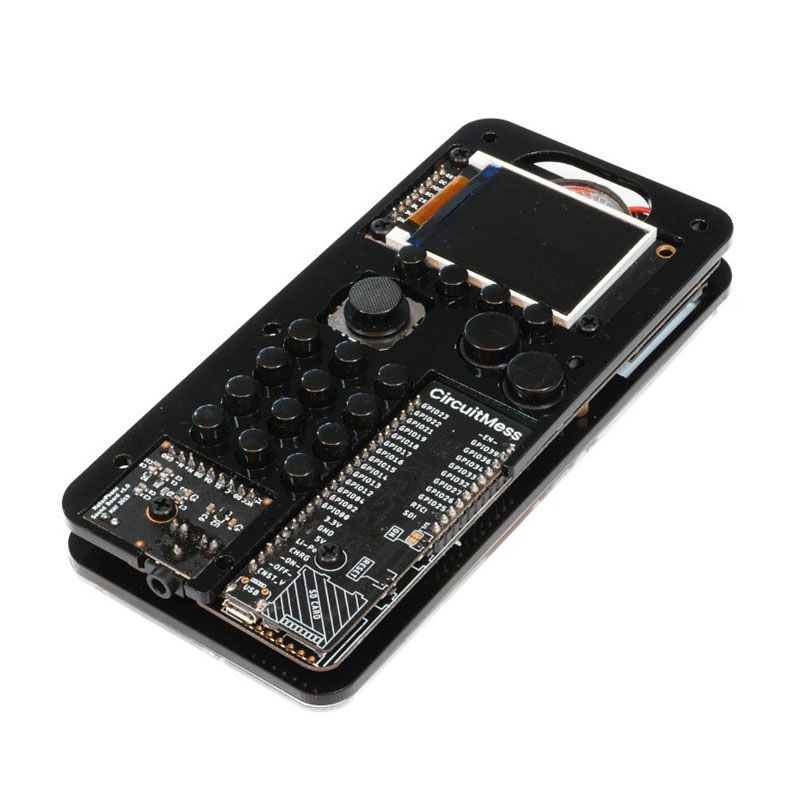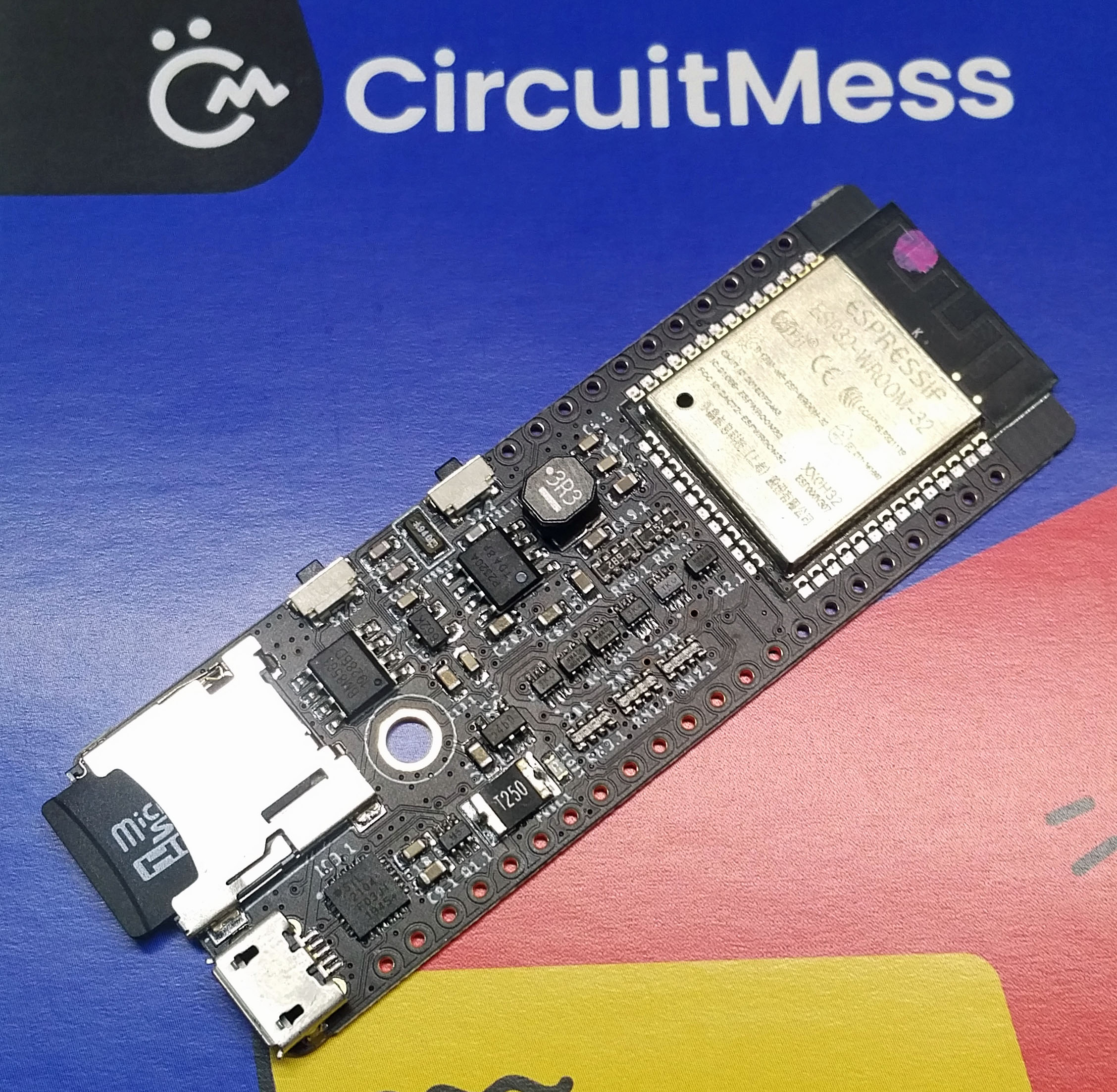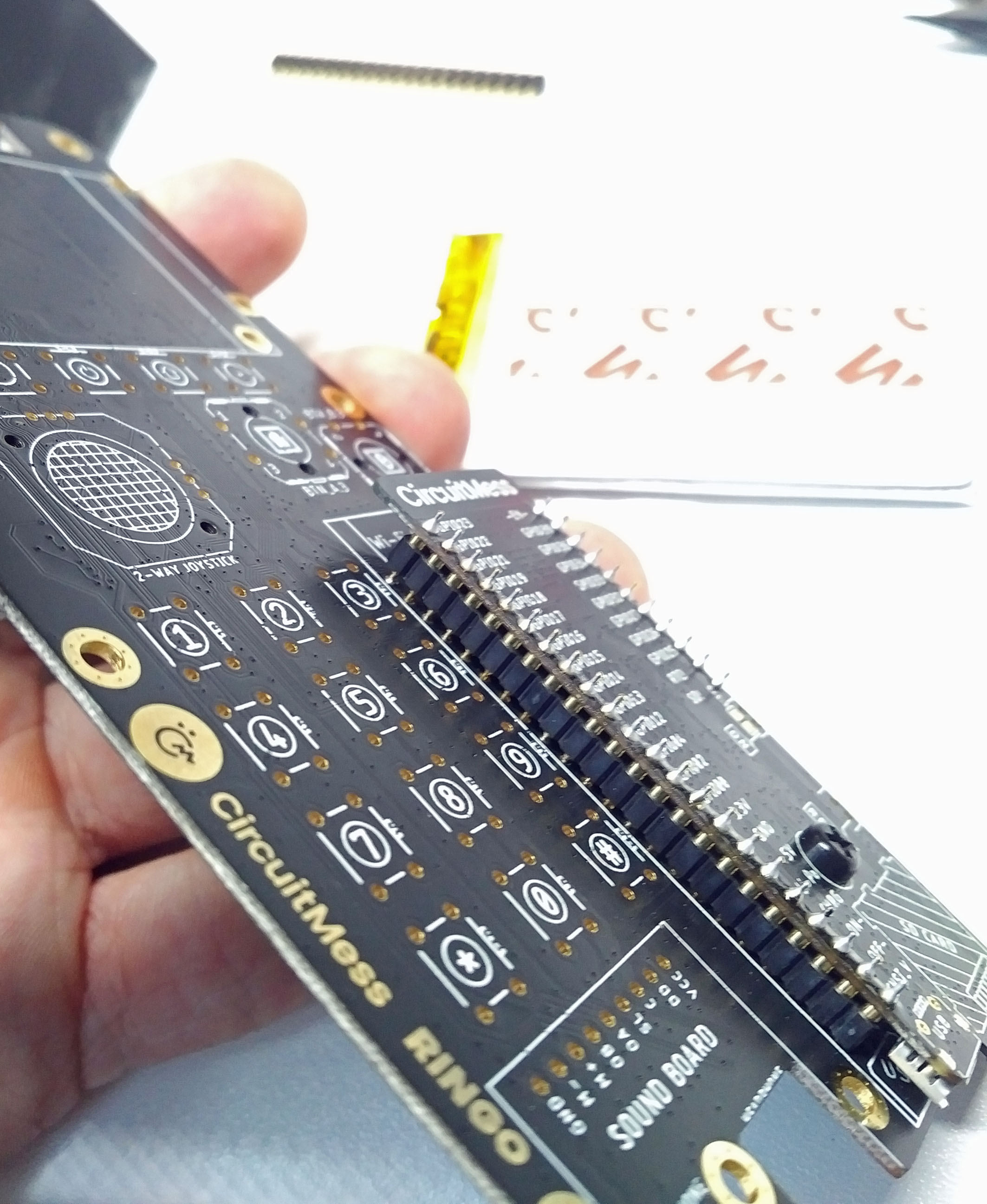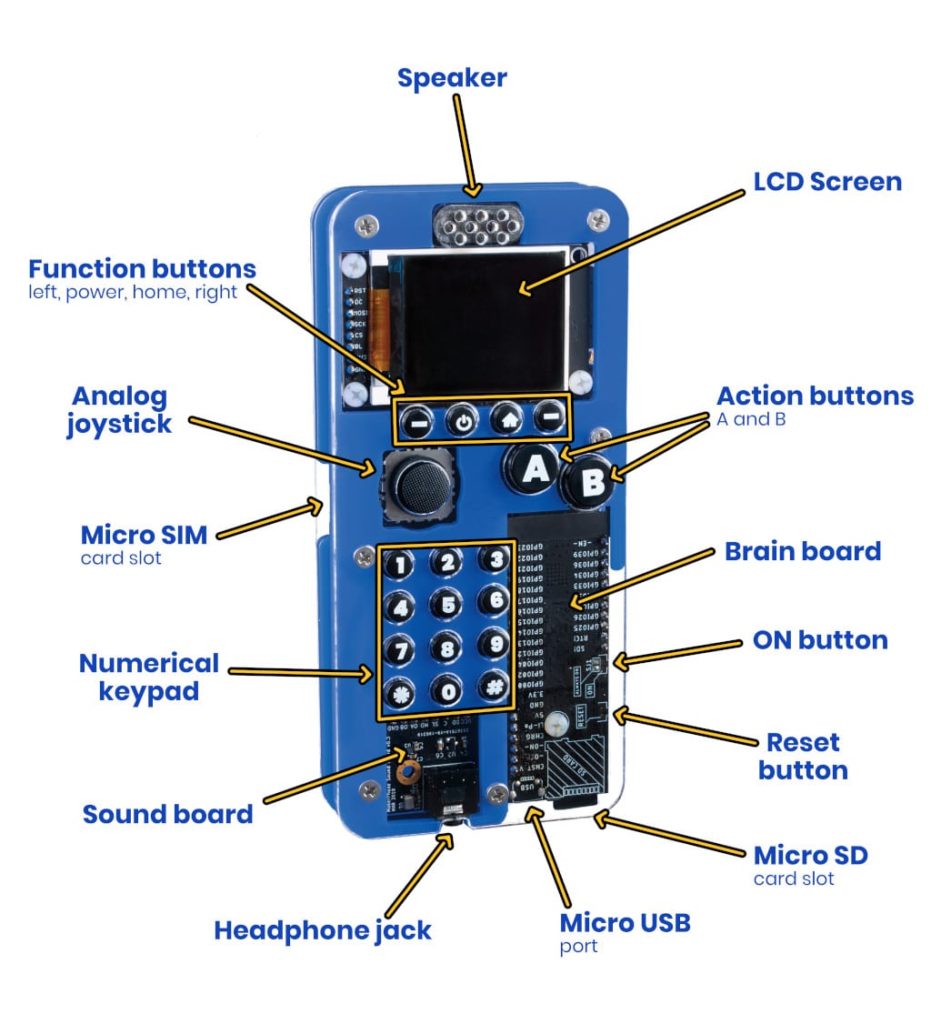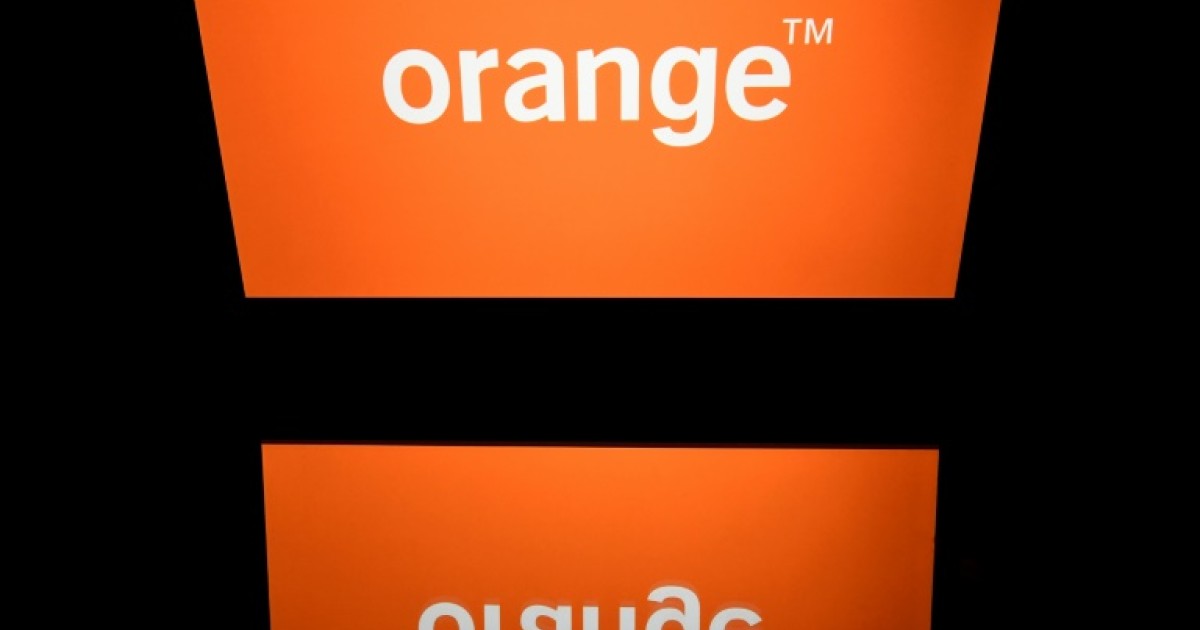The development of cell phones and other communication devices was a task overshadowed by small businesses. Now comes a kit from Croatia that allows you to build a fairly simple but functional mobile phone.
What can you do with it?
Assemble the mobile phone yourself!
and why is that?
Of course, to see how this device works “in principle”.
It is not easy to get an insight into cell phone hardware and software, as they are among the most recent that the tech world has to offer in recent years. After all, Apple and Co. Hundreds of billions of dollars using smartphones over the past decade.
But why build such a device yourself? Do you follow in Steve Jobs’ footsteps automatically? of course no. Or does it give you the knowledge you need to penetrate these devices and take control of entire companies or networks? Probably not. But you learn to understand what the primary functions are and how they work. This is something. Ringo is perfect as a Christmas gift, which offspring can make use of for a longer period of time because they can learn a lot while collecting (with a little help).
The kit, referred to by CircuitMess as “Makerphone”, comes from the Kickstarter project. The accompanying video gives you an impression of Ringo.
Please read after the video below.
Ringo Kickstarter video
Experiments with funk
Anyone who wanted to develop a Verizon CDMA device would have brought in hundreds of thousands of dollars and a lot of patience – at the latest, the (insanely complicated) certification processes often reliably deterred small businesses.
Over the past few years, the situation has been simplified as much as you no longer need certification for LTE and Co. The components to be used remain a problem – anyone who has dealt with the (big) requirements of a SOC smartphone knows right away that this is a serious hurdle.
Regardless of whether you take up the topic of cellular communication out of pure interest, because of its special technical features, or just for fun – the mobile kit developed by CircuitMess is definitely a tool that promises fun. I received a sample from Elektor myself, and you can read about my experiences with it below.
What’s inside?
As the core architecture, the decision is made in favor of ESP32 which cooperates with a somewhat PCI-like module with the SIM800 network processor. This results in limited mobile network support: you’ll search in vain for anything more than GPRS. Unfortunately, 2G networks will be disabled in some countries in the not-too-distant future. But don’t worry: it will take some time, not only in Europe, because since 3G will be turned off first (and replaced with 5G) due to poor sound quality, GSM will stay with us for several years in the vast majority of countries. Part of the world.
Whatever the case, even the dump is interesting. You find yourself facing a foamed surface molded into a cardboard box (Photo 1) In which the individual units are installed. As is often the case in the modern era, there are no printed building instructions – they are provided instead On the World Wide Web.
Technically, the Ringo is a well-equipped device. ESP32 can access external memory in the form of a micro SD card. The screen has a 1.8-inch color screen with a resolution of 160 x 128 pixels.
In addition to the regular T9 keyboard, a real little joystick is provided for user interaction. In the field of network communications, Ringo offers both telephony and the ability to send and receive SMS. Ringo’s sound equipment is good. Unfortunately, the buttons on the individual keys are not printed. Not very good, but a regular block of 12 should be pretty self-explanatory. There is also an array of RGB LEDs on the back of the board.
Holographic!
If you read the documentation and think about the fact that the manufacturer describes the set as suitable for children of eleven years old, you will quickly realize that something is wrong here. Puzzle solving: The board is pre-equipped with SMDs and you only need to solder the wired components – so you don’t have to order a reflow oven right away 😉
In my opinion, group building is almost foolproof. In this context, I found it interesting that a number of circuit boards are prevented by some kind of “spacer” from touching an adjacent circuit board, resulting in a short circuit. The development team showed attention to detail with the panels used: for example, pads or “welding eyes” are provided only on one side of the ESP32 interior, while the other side is completely covered in paint (Photo 2). This precaution prevents the heads from being accidentally welded in a wrong way, or at least makes it very difficult.
High Quality Used Pin Headers – I wonder why they weren’t cut to the correct length. I found it unimpressive that the two spacers were different, but only slightly, because they were roughly the same size. This can lead to confusion, especially with young, inexperienced electronics professionals. Also, I don’t understand why I had to tie the dividers together and why the dividers weren’t just 3D printed.
I was not very happy that some large circuit boards like the ESP32 are only held in place with a single screw (see Photo 3). This leads to the fact that not only I, but particularly inexperienced welders in particular, do angle circuit board welding as shown here. It looks like the manufacturer has already priced something like this, because my Ringo was easy to assemble despite this discrepancy.
Everything works fine anyway.
From a fully assembled Ringo (Image: CircuitMess).
Another simple point of criticism is that the manual recommends installing the circuit boards first and then installing the buttons. This is unfavorable because some of the buttons are close to the circuit boards, which makes connecting them mechanical in futility. Photo 4 Shows the final mobile phone including tagging of operating items.
The front and back walls are made of a two-part laser-cut plastic sheet – a very interesting approach. I liked it so much that I would probably do the same for my future projects. The bottom line is that assembling Ringo is a very interesting exercise, with which you can learn a lot about mechanical construction and more. Real welding problems cannot be expected in my view.
First commissioning
After successful assembly of the rather large do-it-yourself mobile phone, the power button is pressed to wake the built-in ESP32. At this point, you will likely be prompted to recharge. A microUSB socket charger is included in the kit for this. If you have a modern smartphone: Its charging cable with a USB-C plug is not suitable.
Small SIM Card Needed – The commonly used nano SIM card today is very small and fits only in such a small subframe. Anyone looking for SIM cards for IoT applications is not recommended to go fishing in supermarket or cell phone store. For a number of years, there have been dedicated IoT providers like podGROUP, who – with low data consumption – can offer much lower rates (in the range of 2-3 € per month and a SIM card).
Since the ESP32 is weaker to run a full OS, you have to be careful when modifying software: if you write a new drawing in the ESP32 SoC with the Arduino IDE, it will remove the firmware on it, which provides various phone functions.
The most elegant way is to set up a PlatformIO-based tool series, which then allows for firmware adaptation. Similar to the classic RTOS, it also applies here to migrate all modules to the .bin file at compilation time, which is then executed.
The firmware provided by CircuitMess is not only useful as a driver – if you study it carefully, you will learn a few tricks about system programming.
Conclusion
Can Ringo make her smartphone out of work? The answer to this is a more than firm “no” for many reasons. A modern smartphone can do much that Ringo cannot, and processor performance is several times higher than its size.
However, Ringo is a group that you’ll have a lot of fun putting together and you’ll definitely learn a lot in the process. In addition, the architecture applied here is also suitable for generating various communication systems of particular interest.
The ESP32’s firmware – if programmed properly – is more compact than a full-fledged OS like Android. If only the radio unit is provided with encrypted information via its interface, then a smartphone can be created almost invulnerable to many attack scenarios. This is a big plus for some applications.
If I was 15 years younger, I would have thought of a lot of things you could use a self-made cell phone for (except for “mode”). Anyway, Ringo is a group that I loved putting together.

“Devoted gamer. Webaholic. Infuriatingly humble social media trailblazer. Lifelong internet expert.”

